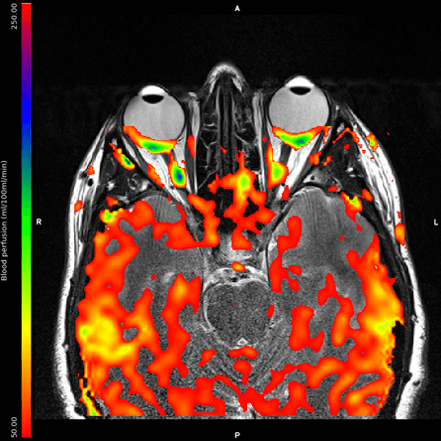
by nata004 | Jul 31, 2018 | Ageing Vision, Physiological optics of the eye, Research
Retinal ischemia plays a significant role in the pathogenesis of age-related macular degeneration (AMD) and Diabetic Retinopathy (DR) — two of the most common sight-threatening diseases in the developed world. Treatments for these conditions are limited, and there is...
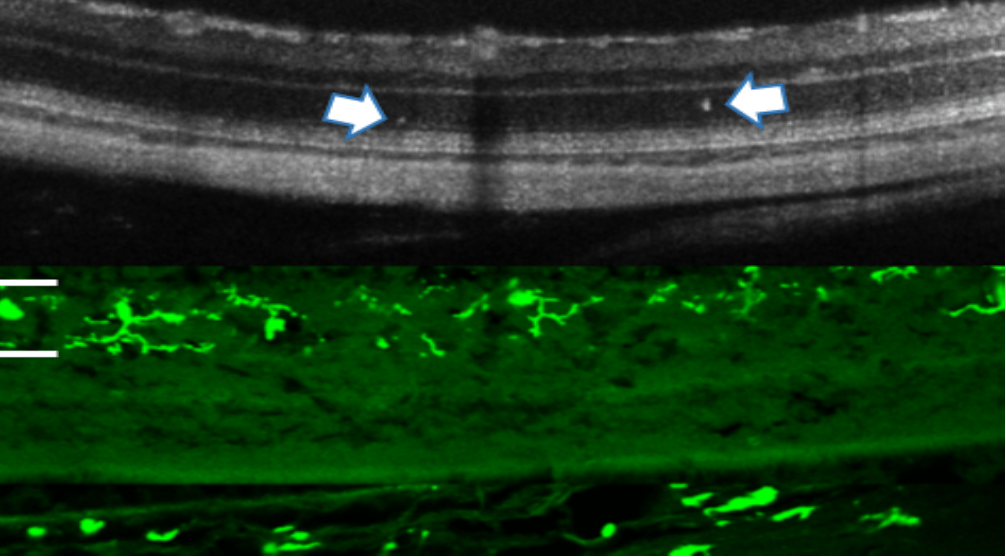
by nata004 | Jul 31, 2018 | Ageing Vision, Physiological optics of the eye, Research
Diabetes is a long-term condition that describes a group of metabolic diseases caused by high sugar levels. In the eye, high blood sugar causes damage to small blood vessels, which swell and may leak fluid. We have identified that even minor blood vessel leakage...
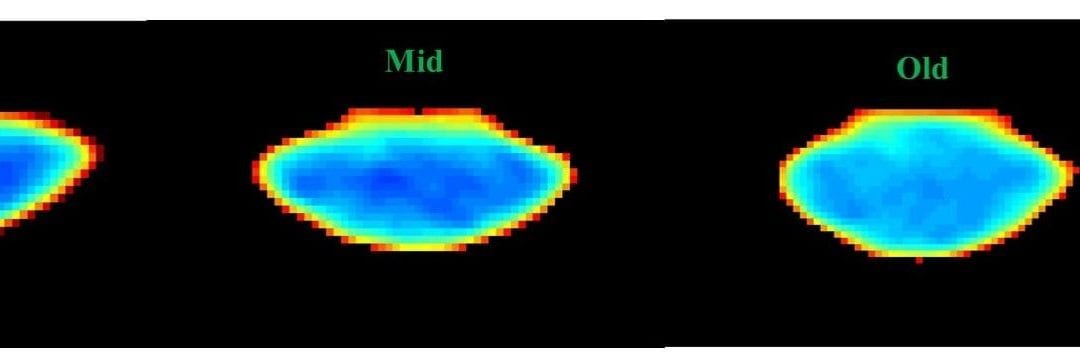
by nata004 | Jul 31, 2018 | Ageing Vision, Physiological optics of the eye, Research
The lens physiological optics depends on its water and protein contents. The lens physiological optics alters with ageing, leading to the onset of presbyopia and nuclear cataract. The mechanism behind remains uncertain, owing to lack of non-invasive tools for...
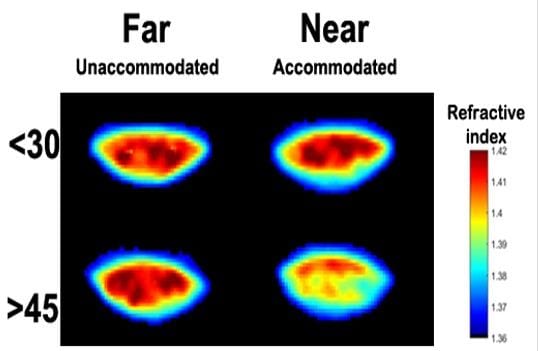
by nata004 | Jul 31, 2018 | Ageing Vision, Research
Presbyopia, or the loss of accommodation power of the human lens, leads to the loss of clear near vision in adults >45 years old. This study investigates how the lens changes shape, position, and internal properties as we change viewing distance, and how this...
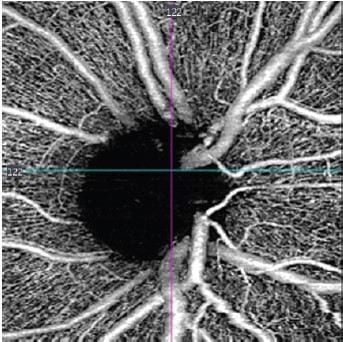
by nata004 | Jul 31, 2018 | Ageing Vision, Research, Vision Neuroscience
Frontotemporal dementia (FTD) is a leading cause of early onset dementia. It is crucial to identify individuals who are in the early, pre-symptomatic stages of FTD, particularly as treatments are now being developed for neurodegenerative disorders. Imaging of the eye...
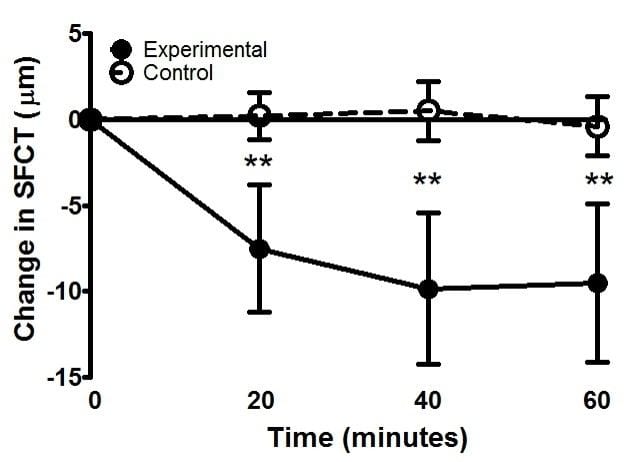
by nata004 | Jul 31, 2018 | Ageing Vision, Research
Adults over ~50 years of age are Presbyopic: they have lost the ability to change the eye’s focus and so near objects are out of focus without reading glasses. Millions of older people in the developing world have no access to spectacles, so their presbyopia is...






